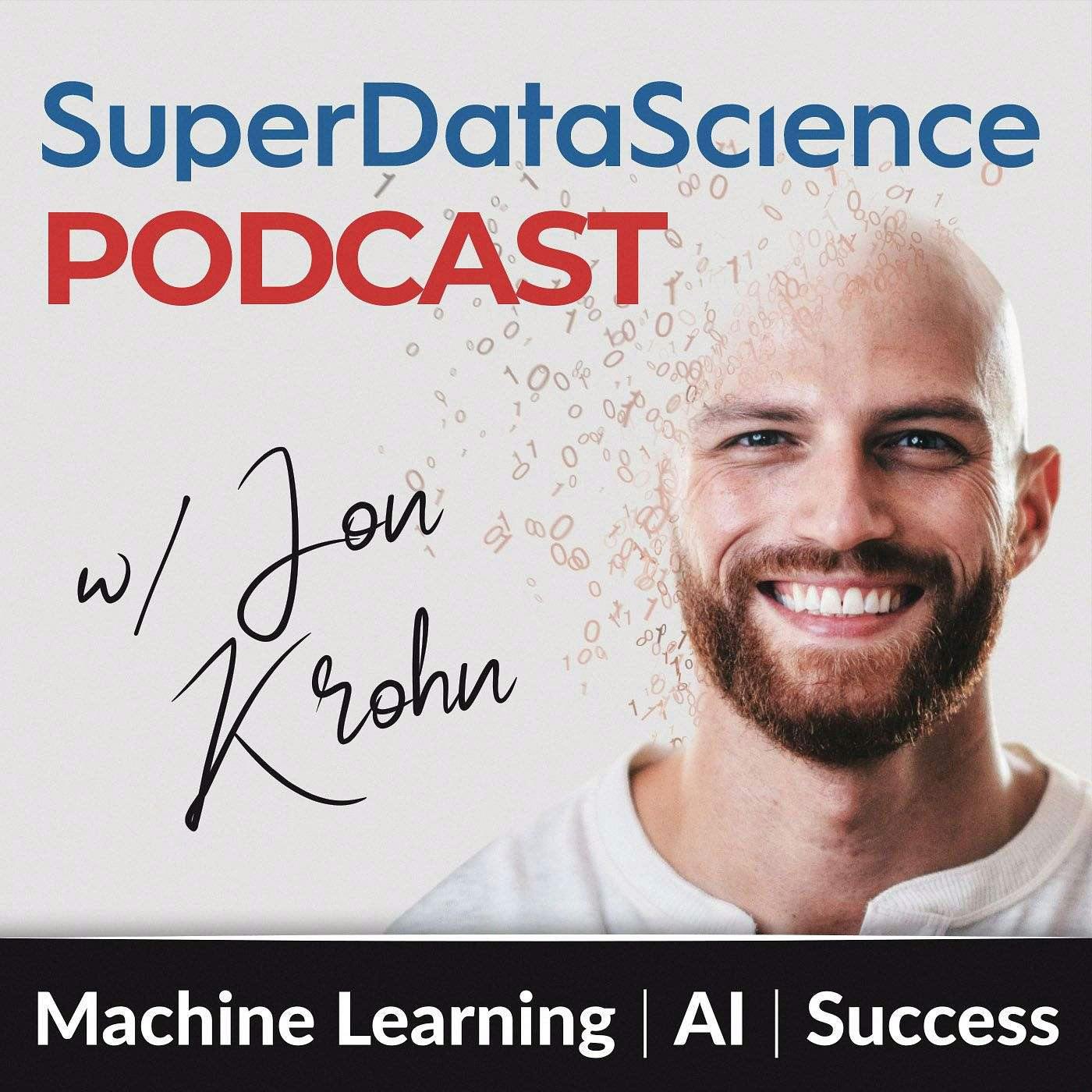
840: Delicate Viticultural Robotics

Super Data Science: ML & AI Podcast with Jon Krohn
Deep Dive
Why is harvesting premium wine grapes challenging for automation?
Premium wine grapes, valued at $6,000 per ton, are highly sensitive, making it difficult to harvest them delicately enough without damaging them. Traditional mechanical methods are unsuitable due to the grapes' fragility.
What technologies are being integrated to automate grape harvesting?
The project combines spectroscopic analysis for ripeness assessment and pressure-sensitive mechanical manipulation to delicately harvest the grapes. It also uses machine learning to filter relevant spectral data and VR-controlled robotics for precise human intervention.
How does the spectroscopic system determine grape ripeness?
The system uses transmitted light analysis to measure wavelength absorption patterns, which are then filtered by a machine learning model to assess sugar content, a key indicator of ripeness.
What is the role of VR in the current grape harvesting system?
VR, using Meta's Quest 3 headset, allows human operators to control the robots precisely during the development phase. This not only enables harvesting but also generates valuable training data for future autonomous operations.
What is the data acquisition bottleneck in robotics development?
Robotics faces a circular problem where autonomous systems require extensive training data, but gathering this data typically requires functional autonomous systems. The VR-controlled system solves this by enabling human operators to generate training data while performing the task.
How is the project addressing labor shortages in vineyards?
The project leverages global time zones by having skilled operators in Australia control UK-based robots during nighttime hours, enabling 24-hour harvesting operations. This maximizes equipment use and addresses labor shortages during critical harvest periods.
What are the long-term goals of the viticultural robotics project?
The project aims to develop a fully autonomous precision agriculture platform that continuously monitors vineyards for ripeness, disease detection, and optimal harvest timing. This could eliminate the need for intensive human labor in viticulture.
What are the key challenges in applied machine learning for this project?
The challenges include real-time signal processing, reducing environmental noise, and integrating human expertise to generate training data. Success in these areas could benefit other precision agriculture applications.
- AI and robotics are revolutionizing viticulture
- Focus on harvesting delicate, expensive wine grapes
- Technology transfer potential to other agricultural areas
Shownotes Transcript
What do AI, robotics, and premium wine grapes have in common? Everything, as it turns out. In this episode, we explore viticultural robotics a revolutionary project combining machine learning, spectroscopic sensors, and VR-controlled robotics to tackle one of agriculture’s trickiest challenges: harvesting delicate wine grapes worth over $6,000 per tonne. From vineyards in the UK to cutting-edge labs, discover how these innovations could transform not just viticulture but the entire future of precision agriculture.
Additional materials: www.superdatascience.com/840)
Interested in sponsoring a SuperDataScience Podcast episode? Email [email protected] for sponsorship information.